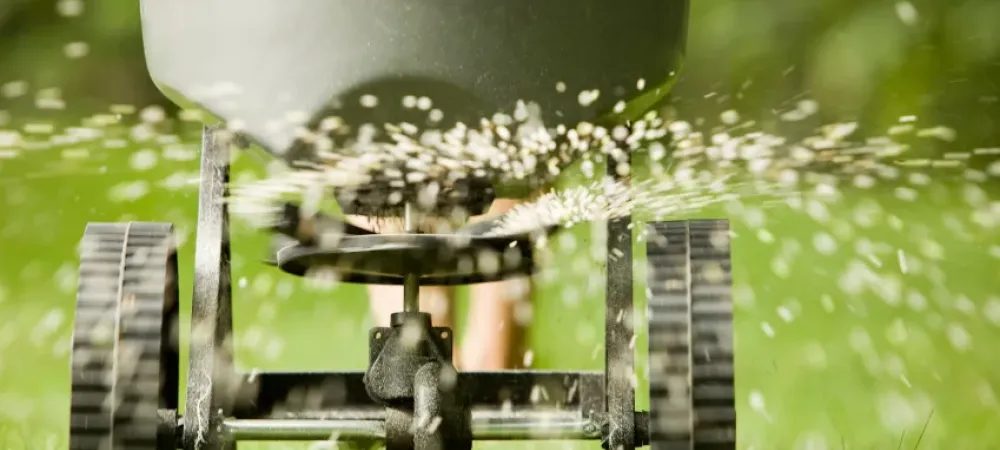When to Aerate Your Lawn in Pittsburgh

The best season to aerate your lawn here in Pennsylvania is in the fall. Aeration is a crucial step in the lawn care process that can make a significant difference in the health and appearance of your turf. Keep reading to learn more about why fall is the ideal time for aeration.
The Benefits of Aerating Your Lawn in the Fall
Aerating your lawn in the fall in Pennsylvania, especially in regions like Pittsburgh, offers a range of reasons that make this season the optimal time for this essential lawn care practice:
- Active Growth Phase: During the fall, grass in Pennsylvania is still actively growing. Aerating during this phase allows the grass to recover quickly from the aeration process, fostering healthier root development and overall turf vitality.
- Cooler Temperatures: Fall brings cooler temperatures that are more conducive to lawn maintenance and grass growth. The milder weather reduces the stress on your lawn during aeration and promotes a smooth recovery.
- Enhanced Root Growth: Aeration in the fall promotes robust root growth. Healthy roots anchor the grass more firmly, providing better access to water and nutrients. This enhanced root development improves the lawn's ability to withstand both the winter months and the challenges of the following spring and summer.
- Thatch Reduction: Fall aeration helps break down thatch—a layer of dead grass and organic matter that accumulates on the soil surface. By breaking up the thatch layer, aeration facilitates better air and water circulation in the soil, ensuring optimal nutrient absorption.
- Preparation for Winter: Fall aeration readies your lawn for the challenges of winter in Pennsylvania. The improved root growth and nutrient absorption resulting from aeration enhance the lawn's ability to withstand cold temperatures, frost, and potential winter stressors.
- Optimal Conditions: Fall's combination of moisture, moderate temperatures, and grass growth align perfectly with the needs of aeration. These conditions create an environment where the grass can heal and develop strong roots after aeration.
The Benefits of Overseeding in the Fall
Seeding your lawn after aerating in the fall can offer several benefits that contribute to a healthier and more vibrant lawn. Aeration involves perforating the soil with small holes to allow air, water, and nutrients to penetrate deeper into the soil and reach the grassroots. Seeding after aeration takes advantage of this process and provides additional advantages:
- Improved seed-to-soil contact for germination
- Enhanced nutrient uptake
- Denser, thicker turf
- Longer establishment period for grass seedlings
How Often Should You Aerate Your Lawn?
As a general recommendation, it is recommended to aerate your lawn at least once a year. The ideal frequency for aerating your lawn depends on various factors, such as soil type, foot traffic, and overall lawn condition. However, if you have heavily compacted soil or high foot traffic, you may need to aerate more frequently, possibly twice a year.
When is it Too Late to Aerate & Overseed?
September-December is the optimal time for fall aeration in Pittsburgh. Once the extreme cold Pennsylvania temperatures in January set in, it’s typically too late for aeration and seeding. Cold temperatures and frozen ground make it challenging for seeds to germinate and establish roots. It's advisable to focus on other lawn maintenance tasks during this season.
Professional Fall Lawn Aeration & Overseeding
If you’re looking for fall lawn aeration and seeding services in Pittsburgh, you’re in the right place. Here at Lawn Sense, we offer comprehensive lawn care services throughout the year, complete with fall aeration and seeding. Give your lawn the care it deserves and get a free quote from Lawn Sense today.